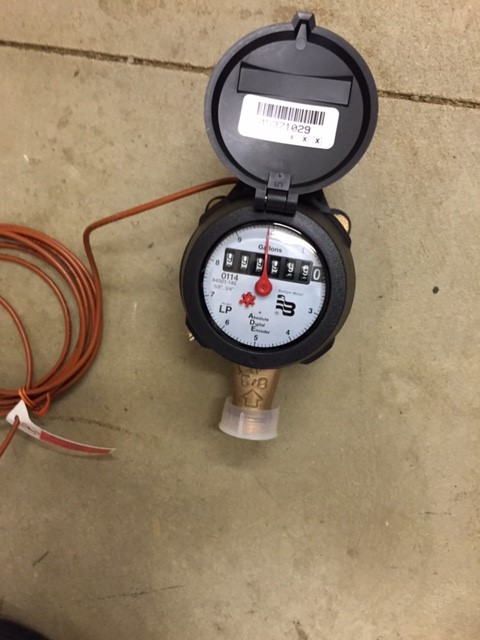A Special Request
During the summer season, there are a variety of challenges to our field staff that are unique to this time of year. Obviously the heat presents a hazard, but we can't do anything about the weather. So we need to concentrate on those things we can do something about.
We would like to ask our customers to help us by doing the following:
- Keep the access and area around your meter clear and mowed. High weeds and brush present much more serious concerns than the obvious inconvenience. Tall grasses, weeds and brush can make meters hard to find, overgrown areas can also hide more serious dangers.
- Noxious and poisonous weeds, snakes, ticks and holes or tripping hazards may be completely hidden in tall grass and brush.
All of these can be a health hazard to our employees.
Keeping these areas clear and accessible presents two advantages: it prevents injuries on your property and insures that the clearing is done in a manner acceptable to you and your home's appearance.
The meter in your yard and the related fixtures are the property of Jackson County Water, and there are very few reasons a customer needs to access it. If, for some reason, you need to access your meter, follow the following steps:
STEP 1 Locate your meter box, generally found towards the front of a property, near the street. The box is typically in a direct line with the main outside faucet. It is housed in a polyethylene, composite, or plastic box usually marked "water". Use extreme caution when opening and closing the lid, because most new meters have an electronic antenna mounted in the lid and wired to the meter itself.
STEP 2 Once you open the meter box lid, lift the protective cap on the meter. On the face of the meter, there is a large dial and a display of numbers. For the residential meter, each rotation of the dial ususally measures 10 gallons. Some newer models are digital and will not have a dial. Read the number display from left to right. Be sure to include the stationary zero. This is your meter reading. Jackson County Water meters measure water in gallons. Charges for the amount of water consumed are rounded to the nearest 100 gallons.
STEP 3 There is a valve on the meter yoke, or setter, that can shut off water flowing to the house. However; the customer is required to have their own shut off valve (along with a pressure regulating valve and check valve) in order to prevent a need to use the JCWC valve in the meter box. This valve is of a particular design that is for company use and is not intended to be used regularly, and can fail if over-used. Be sure to have your valve installed where it is easily accessible to you.
STEP 4 Always make sure that the lid is securely attached to the base ring. In good weather, failure to do this can result in a fall hazard or mower damage. In winter weather, failure to seal up the lid can allow the meter to freeze and damage the equipment in the meter box.
Damage to the JCWC equipment in the meter box can be charged to the customer.

 Meters
Meters